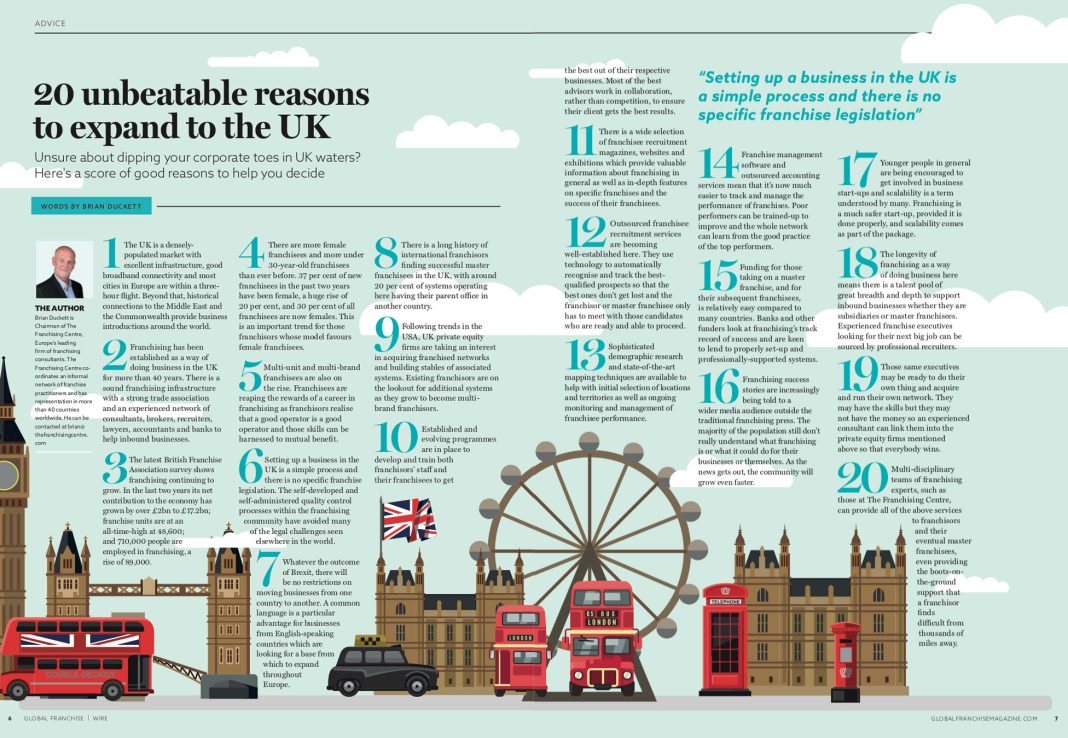 Title: The Struggles of U.S. Regional Banks Amidst the Changing Real Estate Landscape
Title: The Struggles of U.S. Regional Banks Amidst the Changing Real Estate Landscape
Introduction:
In the aftermath of a series of bank failures and the collapse of Credit Suisse, concerns about a major financial crisis gripped the nation. However, by the summer of 2023, the panic subsided as depositors regained confidence. But in February, New York Community Bank (NYCB) faced a crisis of its own, with billions in losses and a plummeting share price. This event highlighted the challenges faced by regional banks, particularly their exposure to distressed commercial real estate (CRE) loans.
The Extend and Pretend Strategy:
Regional banks with large CRE portfolios have been resorting to an approach called “extend and pretend.” This strategy involves granting more time to insolvent borrowers in the hope that the situation improves. However, this only delays the inevitable, leading to a more fragile financial system in the medium term. Peter Earle, a securities analyst, warns that while it may buy a few more years, it does not address the underlying issues.
NYCB’s Overwhelming Exposure:
NYCB’s crisis stemmed from its significant exposure to struggling New York landlords. With over $18 billion in loans to rent-controlled housing developments, the bank faced a precarious situation. This was particularly alarming as NYCB had previously rescued Signature Bank during the previous year’s banking crisis.
The Perils of Large Deposits and Interest Rate Hikes:
One of the factors that plagued banks like Signature Bank was an unmanageable level of uninsured deposits from high net worth and corporate clients. When the bank experienced losses in the cryptocurrency market, depositors rushed to withdraw their funds. Additionally, aggressive interest rate hikes by the Federal Reserve added to the banks’ woes. Banks with large bond portfolios faced declining values, creating unrealized losses that raised concerns about solvency.
Current Challenges and Concerns:
While interest rates have stabilized, concerns about the health of regional banks persist due to their substantial exposure to CRE. Regional banks’ CRE loans make up 44% of their lending portfolios, compared to 13% for larger banks. Nonperforming CRE loans have doubled from 0.4% in 2022 to 0.81% by the end of 2023. With nearly $1 trillion in commercial mortgages set to mature this year, landlords face rising financing costs and shrinking rental income, posing significant risks for lenders.
The Impact of the Changing Real Estate Landscape:
The COVID-19 pandemic and the rise of remote work have led many corporations to view office rents as expendable. The office vacancy rate across the United States has increased, as companies opt for remote and hybrid work models. This shift has reduced the value of office properties, affecting lending criteria and leaving banks with lower-quality assets on their books.
Retail Shrink and Store Closures:
Retailers also face challenges, including losses from shoplifting and damage to inventories known as “retail shrink.” Ernst & Young reported that retail shrinkage resulted in profit losses exceeding $100 billion in 2022. Major retailers like Walmart, Target, CVS, Rite Aid, and Walgreens have announced store closures in high-crime urban areas due to theft and organized retail crime.
Regulatory Efforts and Solutions:
Regulators at the Fed and the FDIC are closely monitoring the loan situation and working with banks to address outstanding issues. While a complete disaster is not imminent, the problem will require years of attention. To alleviate the situation, banks may need to rezone properties to make them more profitable in the future. In the meantime, regional banks are downsizing their CRE loan portfolios, albeit at a significant loss.
Rebuilding Profitability and Investor Confidence:
Despite some optimism indicated by the Standard and Poor’s regional bank index, which is up nearly 30% from a year ago, regional banks still face challenges. Restoring profitability relies on finding ways to adapt to the changing real estate landscape and attract investors to rebuild their capital base. This may involve making a credible case for profitability and exploring alternative avenues for growth.
Conclusion:
The struggles faced by U.S. regional banks, particularly their exposure to distressed CRE loans, have created ongoing challenges. The extend and pretend strategy can only provide a temporary respite, while changing real estate dynamics and increasing financing costs further exacerbate the situation. Regional banks must adapt to the new normal and rebuild profitability to regain investor confidence and secure their long-term stability.


